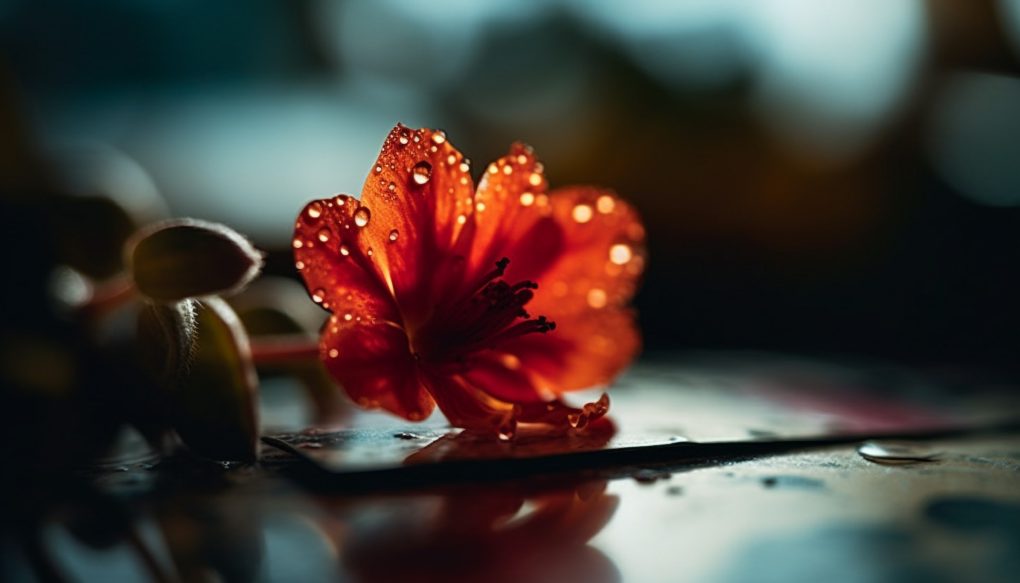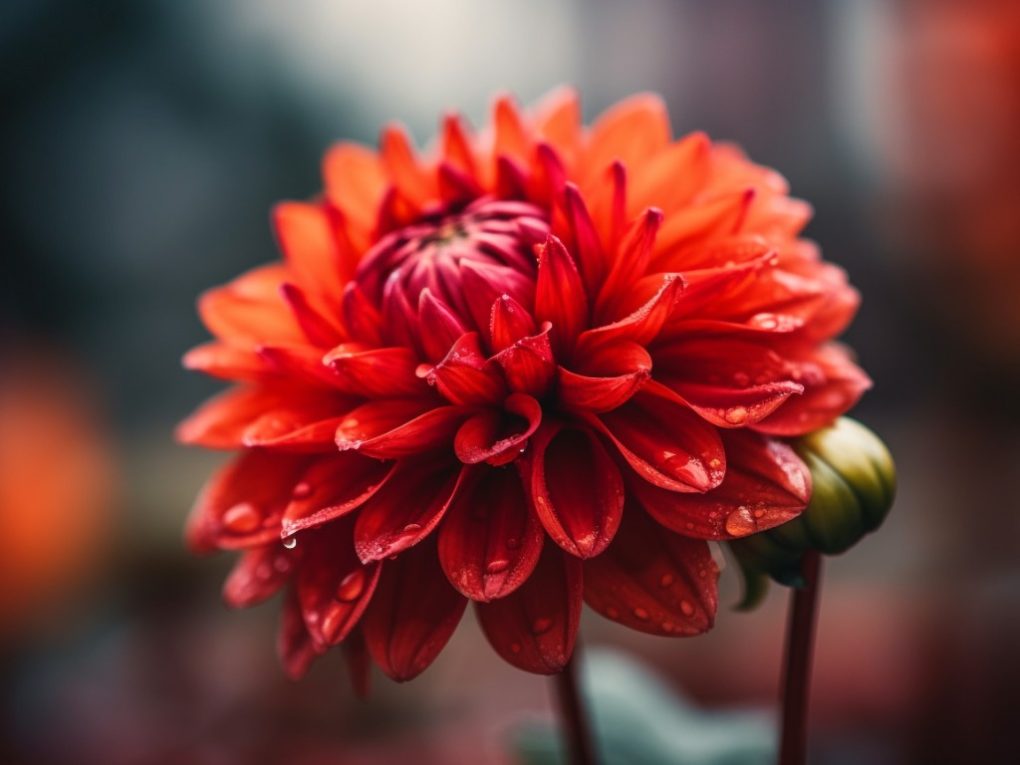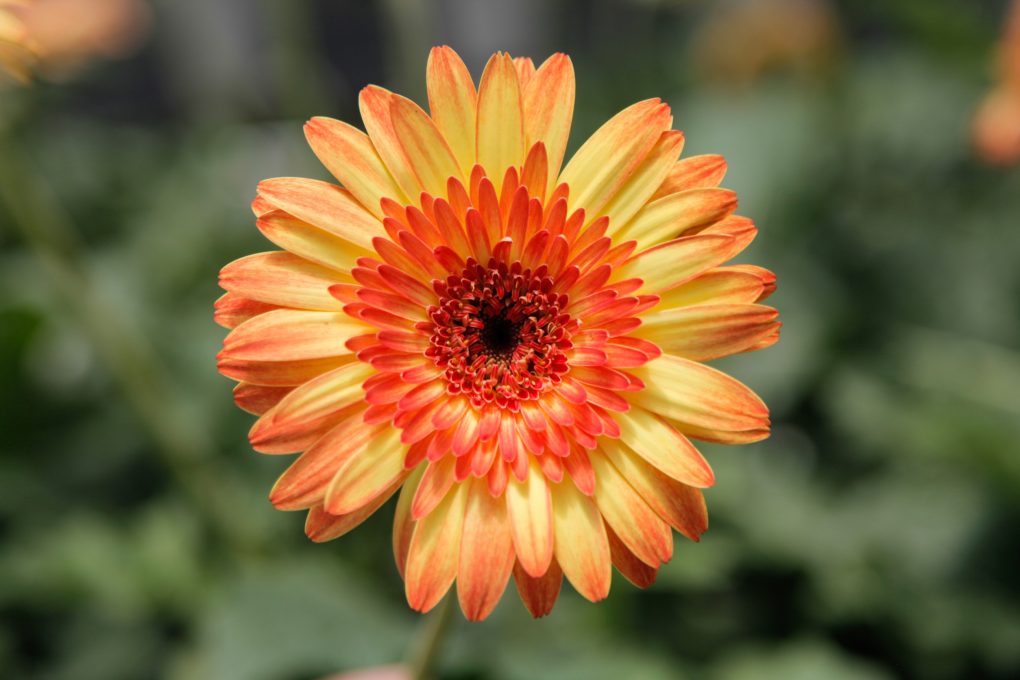Why Are My Gerbera Daisies Drooping: Common Causes and Solutions
Gerbera Daisies may droop due to various factors, including improper watering, root rot, and extreme temperatures. Over-watering or under-watering disrupts the delicate balance necessary for healthy growth and can lead to wilting. Ensure your daisies receive evenly moist soil and well-draining conditions to reduce drooping.

Another cause of wilting is root rot, which occurs when the plant’s roots are exposed to excessive moisture for extended periods. Additionally, extreme temperatures, whether too hot or cold, can stress the plant and cause drooping. Keep your Gerbera Daisies healthy and upright by providing consistent temperatures and well-ventilated growing conditions.
Table of Contents
Causes of Drooping Gerbera Daisies

Gerbera daisies, known for their beauty and vibrancy, can sometimes droop, causing frustration for gardeners. The following are common causes of drooping gerbera daisies:
Lack of Water
Gerbera daisies require regular watering to stay healthy and vibrant. Insufficient water can cause their leaves and flowers to wilt and droop. It’s crucial to water gerbera daisies deeply and thoroughly, ensuring the soil remains moist but not waterlogged. Avoid letting the soil completely dry out between waterings.
Overwatering
While gerbera daisies need regular watering, overwatering can be detrimental. Constantly wet soil can lead to soggy roots and root rot, drooping, and potential plant death. Ensure the soil has good drainage and avoid overwatering your gerbera daisies.
Poor Drainage
In addition to overwatering, poor drainage can contribute to drooping gerbera daisies. When the soil doesn’t drain well, excess water accumulates around the roots, causing them to rot. Instead, plant your gerbera daisies in well-draining soil and use pots or containers with drainage holes.
Low Humidity
Gerbera daisies thrive in a humid environment and may struggle in dry conditions. Insufficient humidity can cause leaves and flowers to wilt and droop. Increase humidity levels by misting your gerbera daisies with water or using a humidifier near the plants.
Extreme Temperatures
Gerbera daisies are sensitive to extreme hot and cold temperatures, which can lead to wilting. High temperatures can cause leaves and flowers to sag, while low temperatures may induce dormancy. Keep your gerbera daisies in a temperature-controlled environment.
Pests and Diseases
Gerbera daisies can be affected by pests and diseases, which can cause them to wilt and droop. Common pests that can attack them include aphids, spider mites, and thrips, while powdery mildew and root rot are some of the diseases that can contribute to drooping. It’s important to inspect your plants frequently for any signs of pests or diseases and take the necessary steps to control them.
How to Revive Drooping Gerbera Daisies

Gerbera daisies are stunning flowers that add color to any garden or home. However, dealing with drooping can be frustrating. Here are some tips to help revive drooping Gerbera daisies:
Watering Techniques
Improper watering is a common reason for drooping gerbera daisies. These flowers require consistent watering, but too much or too little can cause wilting. Thoroughly water your Gerbera daisies once a week, soaking the soil around the roots. Avoid wetting the leaves or flowers, leading to rot or disease. Allow the soil to dry out between waterings to prevent overwatering slightly.
Proper Drainage
Poor drainage often contributes to drooping Gerbera daisies. Ensure your plants are in well-draining soil to prevent water accumulation around the roots. You can improve drainage by adding perlite, sand, or organic matter to the soil. After watering, remove any excess water from saucers or trays to prevent root damage.
Humidity Control
Gerbera daisies thrive in moderate humidity, but high humidity can cause wilting. Maintain well-ventilated and dry conditions around your Gerbera daisies. Avoid misting them; excess water on leaves and flowers can lead to rot or disease. Use a dehumidifier or air conditioner to control humidity levels indoors.
Temperature Control
Gerbera daisies prefer moderate temperatures between 60 and 75 degrees Fahrenheit. Extremely hot or cold temperatures can cause wilting. Keep your Gerbera daisies in a location with moderate temperatures and good air circulation. Avoid placing them near heating or cooling vents to prevent temperature fluctuations.
Pest and Disease Management
Pests and diseases can contribute to drooping and wilting. Maintain good ventilation and dry conditions to prevent pests and diseases. Use insecticidal soap or neem oil to treat pests and fungicides to treat diseases. Promptly remove any infected or damaged leaves or flowers to prevent the spread of disease.
Preventing Gerbera Daisies from Drooping

Gerbera daisies are a beautiful addition to any garden or home, but drooping flowers can be frustrating. Fortunately, you can take several steps to prevent gerbera daisies from drooping:
Proper Watering Techniques
One of the most common causes of drooping gerbera daisies is improper watering. Water your gerbera daisies deeply and thoroughly, but avoid overwatering. Overwatering can lead to root rot while underwatering causes wilting. Water once daily in the morning, allowing the soil to dry out before nightfall. Water at the base of the plant, avoiding leaves and flowers. Use a watering can or drip irrigation system for controlled watering.
Optimal Drainage
Gerbera daisies require well-draining soil to prevent water accumulation around the roots. If the soil is heavy and poorly draining, amend it with sand or perlite. Ensure pots or containers have drainage holes to allow excess water to escape. Without proper drainage, the roots may rot due to water buildup.
Humidity Control
Gerbera daisies thrive in high-humidity environments, but excessive humidity can cause wilting. Maintain a humidity level of around 50% by providing well-ventilated and dry conditions around your gerbera daisies. If necessary, use a dehumidifier or air conditioner. Avoid misting, as it can lead to water accumulation on leaves and flowers, promoting rot or disease.
Temperature Control
Gerbera daisies prefer temperatures between 60 and 75 degrees Fahrenheit. Extreme temperatures can cause wilting. If the plant is hot or sunny, provide shade or move it to a cooler location. Similarly, move the plant to a warmer spot if it is exposed to drafts or cold temperatures.
Pest and Disease Prevention
Keeping the plant healthy and free from pests and diseases is crucial to prevent drooping. Inspect the plant regularly for signs of pests or diseases, such as yellowing leaves. Take immediate action if a problem is detected to prevent its spread.
